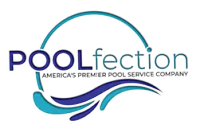Serving Pasco County, Spring Hill Area, New Tampa, and Surrounding areas | 1-833-519-POOL (7665)

Quality Care For Your
Backyard Oasis
Let the pool maintenance experts
handle your home oasis from A-Z
At Poolfection, we know your residential pool is a treasured backyard escape for you and your family. Our residential services are designed to maintain your pool's beauty and safety without hassle. We provide customized weekly or monthly cleanings using eco-friendly chemicals to keep water pristine. Our technicians also open and close pools seasonally and provide incidental service like pump repairs. Contact us today to learn more about our full residential packages!
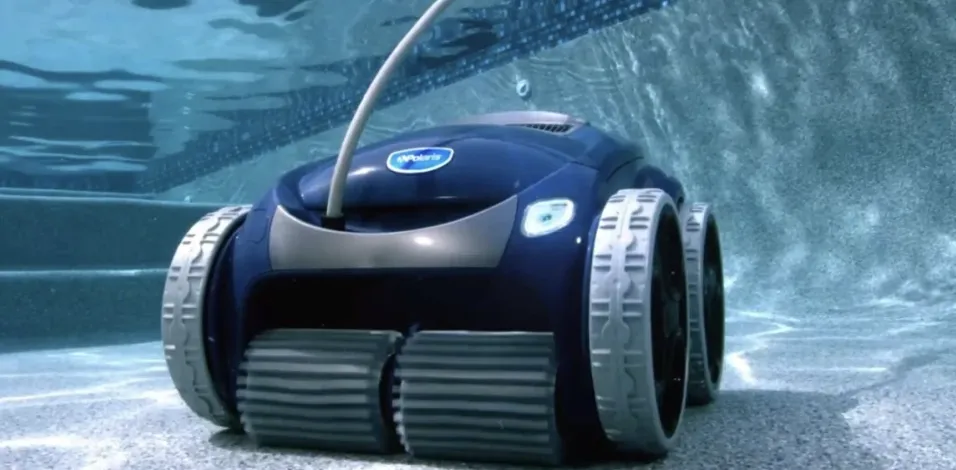
Types of Auto Pool Vacuum Cleaners
“Types of Auto Pool Vacuum Cleaners
In a world where technology is advancing at lightning speed, it's no surprise that pool cleaning has also taken a leap into the future. Gone are the days of manual labor and hours spent scrubbing away at tiles. These automatic pool vacuum cleaners do all the hard work for us, allowing us to sit back, relax, and enjoy our pristine pools.
This guide will explore three main types of automatic pool vacuum cleaners—Suction-side, Pressure-side, and Robotic pool cleaners, detailing their pros, cons, installation methods, and how they work.
So, let's dive in...
Type 1: Suction-side Pool Cleaners
Suction-side pool cleaners, as their name suggests, work on the suction principle. Much like a vacuum cleaner, cleaning you would use in your house, these devices suck up debris from your pool's floor and walls, leaving it clean and clear.
How Do Suction-side Pool Cleaners Work?
The cleaner is hooked up to your pool's skimmer or dedicated vacuum line. As your pool pump operates, water is drawn out of the pool, creating suction in the line to which the cleaner is attached. This suction power is what drives the cleaner around your pool.
As the cleaner moves, it stirs up debris from the pool floor, which is then sucked up along with the water through the hose and into the skimmer basket or vacuum line. The debris is captured in the filter system, and the water is returned to the pool.
The hose of the cleaner is designed to be long enough to reach every corner of your pool, ensuring comprehensive cleaning. Some cleaners are equipped with wheels or brushes to scrub the pool surfaces, providing an extra level of cleaning.
Pros
● Affordable: Compared to other types of pool cleaners, suction-side cleaners are often more budget-friendly.
● Easy to Handle: These cleaners are generally easy to install and operate.
● Few Moving Parts: With fewer components, they tend to require less maintenance and repairs over their lifespan.
● Effective at Cleaning: They are known for doing a great job of removing dirt and debris from the pool.
Cons
● Dependence on Pool's System: Because they rely on your pool's pump and filtration system, they can put a strain on these components.
● Energy Consumption: They typically require the pool's filter pump to be running, which can lead to higher energy costs.
● Difficulty with Large Debris: While effective at picking up smaller particles, they can sometimes struggle or clog when dealing with larger debris like leaves5.
● Maintenance Requirement: Though there's not much involved in daily maintenance, they do need to be removed from the pool before shocking the pool or swimming and stored carefully to reduce wear.
How Do I Install Suction-side Pool Cleaners?
Installing a suction-side pool cleaner is typically straightforward and can usually be done without professional help. Here are the basic steps:
Assemble the Cleaner: Follow the manufacturer's instructions to assemble the cleaner. This usually involves attaching the hose sections, adjusting the length to suit your pool, and connecting the hose to the cleaner body.
Connect to Skimmer or Vacuum Line: The cleaner connects to your pool's skimmer or a dedicated vacuum line. You might need to adjust the skimmer settings to optimize the cleaner's performance.
Adjust the Hose Length: The hose should be long enough to allow the cleaner to reach all pool areas. Add or remove hose sections as necessary.
Submerge the Cleaner: Before you start the pool pump, fully submerge the cleaner to remove any air in the system.
Start the Pool Pump: Turn on the pool pump to begin the cleaning process. The cleaner should start moving around the pool automatically.
Type 2: Pressure-side Pool Cleaners
Pressure-side pool cleaners are automatic pool cleaning devices that use water pressure to collect debris in a bag. They function by using the pressure from your pool's pump or a separate booster pump to move around the pool and pick up debris. Not only do they clean the walls and floor, but they can also scrub the water line and stairs.
How Do Pressure-side Pool Cleaners Work?
These cleaners have a hose that connects to the return line of your pool's circulation system. This is the part of the system where clean water gets pushed back into the pool. The water pressure propels the cleaner across the pool and creates a suction effect, lifting debris off the pool's floor and walls.
The lifted debris gets directed into a filter bag, which is attached to the cleaner. This prevents the debris from going back into the pool's filtration system, reducing strain on the filter.
Pros
● Independent Filtration: They have their own filter bag to collect debris, which reduces the strain on your pool's filtration system.
● Efficient Cleaning: These cleaners are good at picking up medium to large debris, making them great for pools in areas with lots of trees.
● Less Frequent Filter Cleaning: Since they don't rely on the pool's filtration system to trap debris, you won't need to clean your pool's filter as often.
● Booster Pump: Many models come with a booster pump that provides extra power for more effective cleaning.
Cons
● Additional Costs: They are typically more expensive than suction-side cleaners. Some models may also require a separate booster pump, which is an additional cost.
● Energy Consumption: Pressure-side cleaners can use more energy than other types of cleaners because they often require a booster pump to operate.
● Complex Installation: The installation process can be more complex than suction-side cleaners, especially if a booster pump is needed.
● Limited Fine Debris Cleaning: While great for larger debris, they may not be as effective at picking up smaller particles as other types of cleaners.
How Do I Install Pressure-side Pool Cleaners?
To install pressure-side pool cleaners, follow these steps with the skill of a pool-cleaning expert:
● Check the reliability of your pressure line and adjust the hose to fit the deepest part of your pool.
● Trim the hose if needed.
● Adjust the floats for proper alignment.
● Assemble the cleaner by placing the mender nut on the feed pipe.
● Attach the cleaner's bag to the feed hose.
● Ensure all connections are securely tightened.
● Test the cleaner in your pool. If it functions properly, it's ready to tackle cleaning duties.
Type 3: Robotic Pool Cleaners
Robotic pool cleaners are the most advanced type of automatic pool cleaners. They are fully autonomous devices that clean both the floor and walls of a pool. Unlike other types of cleaners, they have their own filter and pump, which means they don't rely on the pool's filtration system.
How Do Robotic Pool Cleaners Work?
These cleaners use electricity and work independently of the pool's systems. They are powered by a low-voltage transformer, which is plugged into a standard outlet and reduces the electrical voltage to a safe level. The cleaner is connected to the transformer by a long, waterproof cable.
The robotic cleaner navigates around the pool, scrubbing the floor, walls, and waterline with built-in brushes. As it moves, it sucks up water, filters out the debris, and returns the clean water back into the pool. Most models are equipped with smart technology that maps out the most efficient cleaning path.
Pros
● Efficient Cleaning: Robotic cleaners can cover every inch of your pool, including walls and waterline.
● Independent Operation: They operate independently of your pool's system, reducing wear and tear on the pool's equipment
● Energy-Efficient: Despite being electric, they use less energy than other types of cleaners.
● Built-In Filtration: Their built-in filtration system can help reduce the workload on your pool's existing filter.
Cons
● Expensive: Robotic pool cleaners are the most expensive type of pool cleaners.
● Requires Regular Cleaning: You'll need to clean the filter regularly to keep the cleaner working effectively.
● Potential for Cable Tangling: The power cable can sometimes become tangled during cleaning.
How Do I Install Robotic Pool Cleaners?
Installing a robotic pool cleaner is incredibly easy. Here's how:
● Start by placing the carrier caddy in position.
● Next, connect the unit's cord to a plug.
● Simply put the robot in your pool, sit back, relax, and watch it work magic.
● Before you begin, make sure to read the manufacturer's manual, as most machines require setting or programming the cleaning cycle for optimal operation.
Robotic, Pressure, or Suction: Which One Should You Choose to Buy?
Now that we have explored the three main types of automatic pool vacuum cleaners, how do you decide which one is right for you?
Here are a few factors to consider:
Budget
Your budget will largely determine which type of cleaner you can afford. Suction-side cleaners are the most affordable, followed by pressure-side cleaners, and then robotic cleaners, which are the most expensive.
Pool Size
If you have a small to medium-sized pool, a suction-side cleaner may suffice. For larger pools, a pressure-side or robotic cleaner would be more efficient due to its ability to cover more ground and handle larger debris.
Pool Debris
Consider the type of debris commonly found in your pool. If your pool is frequently littered with large debris like leaves and twigs, a pressure-side cleaner may be best. For finer particles, a suction-side or robotic cleaner would work well. The reason is that pressure-side cleaners rely on a collection bag so that larger debris may clog the opening.
Maintenance Time
If you prefer a hands-off approach to pool maintenance, a robotic cleaner is your best bet. These cleaners operate independently and require minimal intervention, saving you precious time and effort.
Energy Efficiency
While suction-side and pressure-side cleaners rely on your pool's pump and filtration system, which can increase energy consumption, robotic cleaners are generally more energy-efficient as they have their own built-in systems.
Let Your Pool Shine
No matter which type of cleaner you choose, having an automatic pool vacuum cleaner will make it easier to keep your pool clean and sparkling. Regular maintenance will also extend the life of your pool's filter system, helping you save money in the long run. Take the time to explore all the options available and find the right one for your needs. That way, you can make sure that your pool is always ready for a swim.
Frequently Asked Questions
Can I leave my pool cleaner in the pool?
While it's generally safe to leave your cleaner in the pool during its cleaning cycle, it's recommended to remove it once the cycle is complete to prolong its lifespan.
How often should I run my pool cleaner?
This depends on various factors, such as the size of your pool, the amount of debris, and the type of cleaner. As a general rule of thumb, running your cleaner 2-3 times a week should keep your pool in good shape.
How long do pool cleaners last?
With proper care and maintenance, automatic pool vacuum cleaners can last anywhere from 3 to 8 years. Robotic cleaners tend to have a longer lifespan due to their advanced technology and build quality.
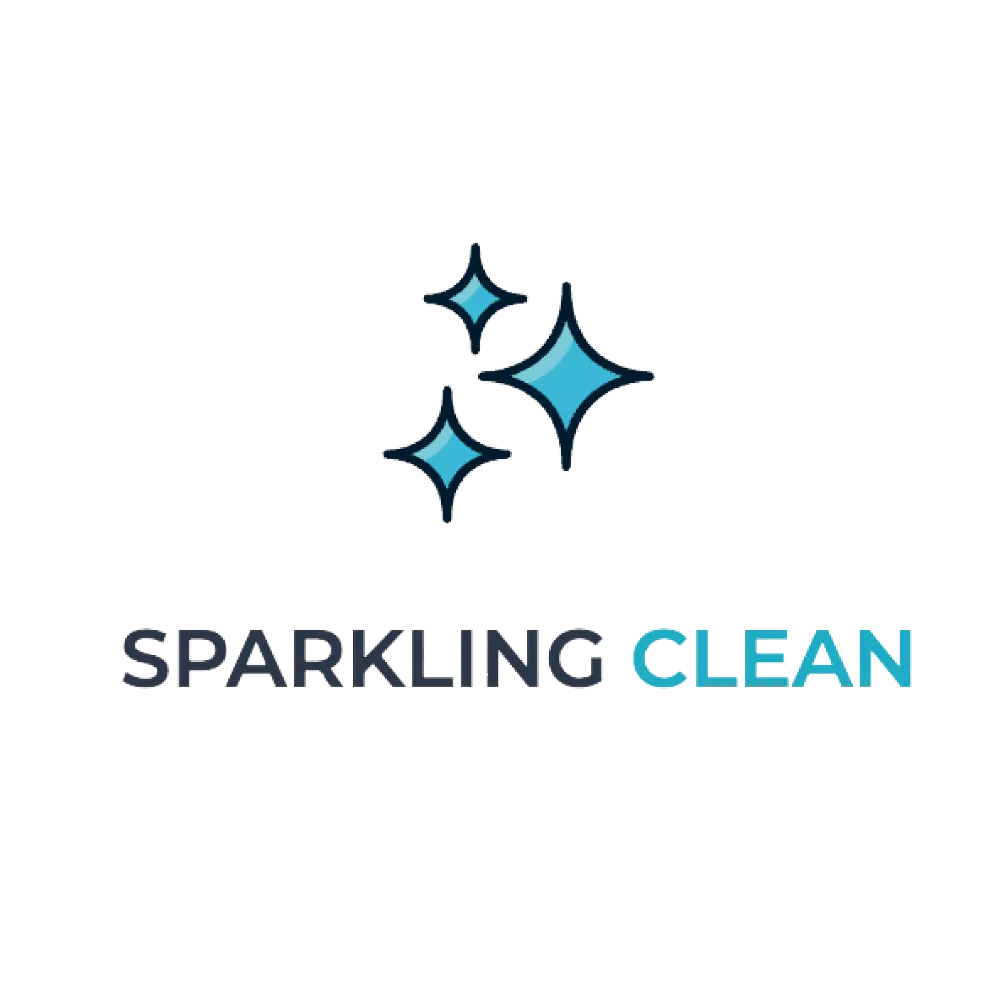

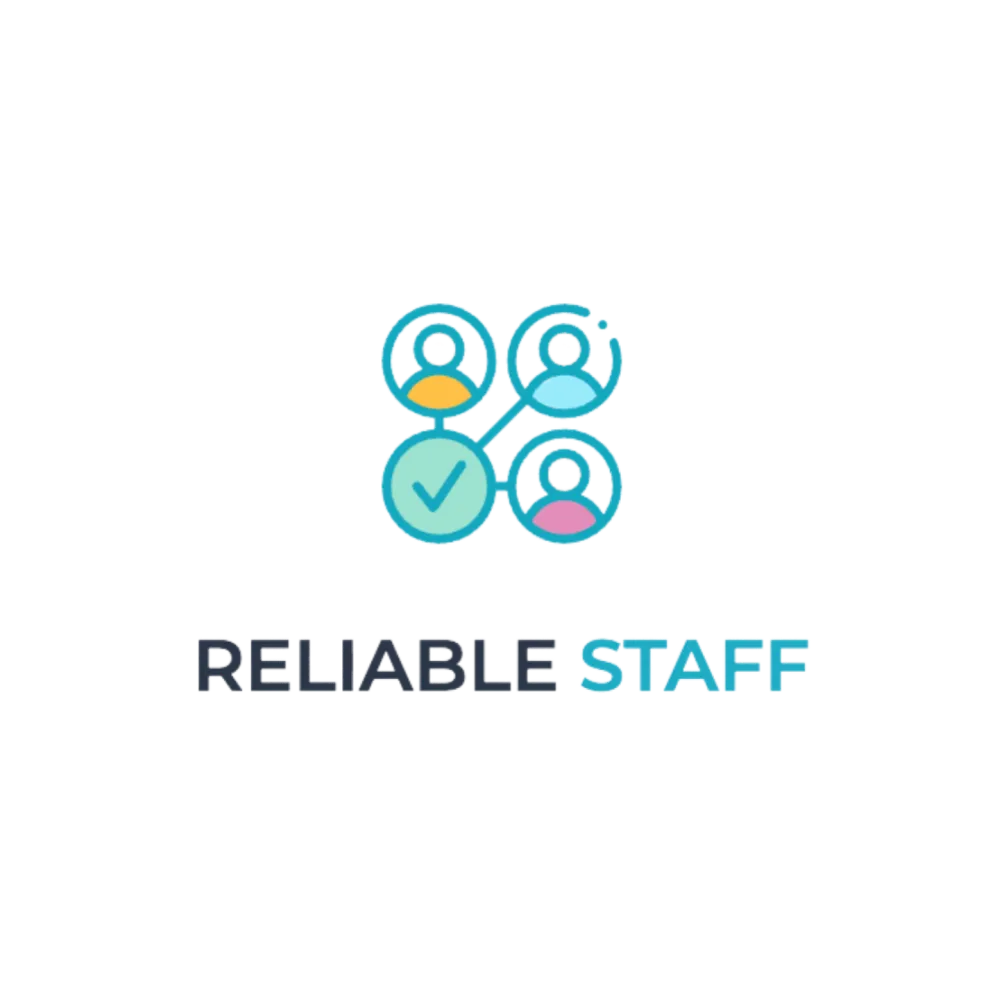

The Pool Cleaning Pros with the Sparkling Reputation.
We take pride in providing refreshing service that leaves a lasting impression.

Lynn Freeborn Davis

They did an awesome job!! Very professional and responsive. They arrived on time, explained everything to me and had my pool sparkling before and hour was even up!! I highly recommend them.

Jessica Lynn

My old pool company left me with a green pool with black algae when paying for weekly service. I contacted poolfection for a quote to fix. Jason and Nick were absolutely amazing. Nick promptly came out addressed all the issues with the pool and immediately had an action plan. Within two days my pool was cleaner then ever. Nicks communication is the best. I can not thank this company enough for fixing my pool. They really put pride into their work. If you’re looking for a new pool service don’t hesitate to hire them you won’t be disappointed.

Rachael Garneau

Nick Fifield is amazingly professional and so, so knowledgable! He immediately figured out the problem with my pool after I'd try resolving it on my own for months. He completely changed our pool, and now we LOVE swimming in it! I am never trying to take care of things on my own again. He's friendly and reasonably priced- I completely recommend POOLfection to take care of your pool for you!

Jonathan Torres

They did a great job for me! Got them coming weekly now. Thanks again !
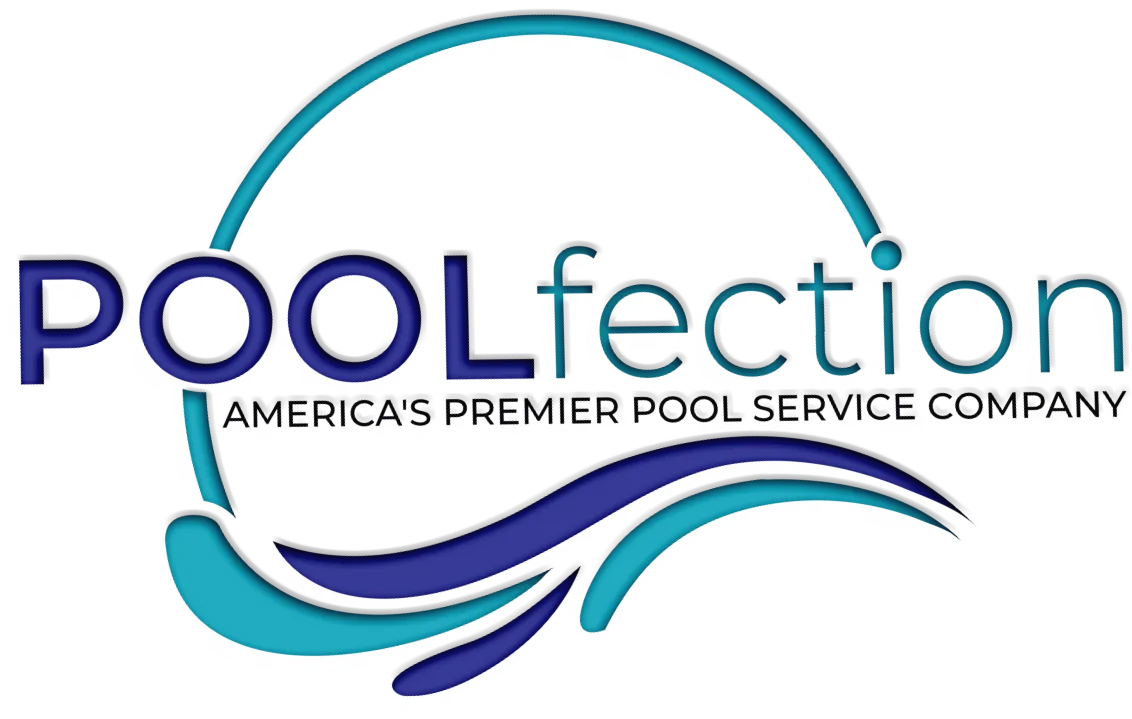
"POOLfection USA LLC, your comprehensive pool cleaning and maintenance partner. Offering Swimming Pool Cleaning Services across Florida © POOLfection USA LLC 2024. POOLfection USA LLC is fully compliant with the Florida Department of Licensing and Regulation.

